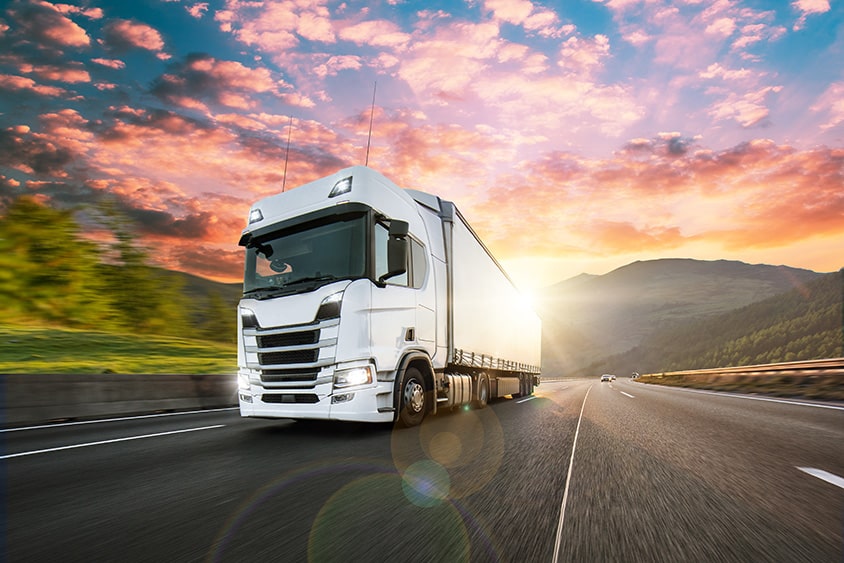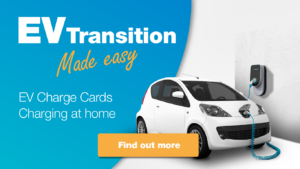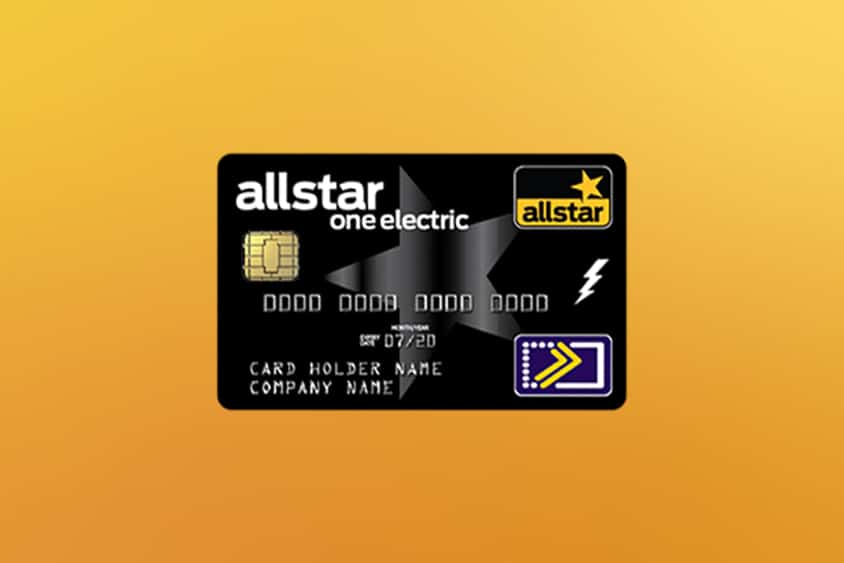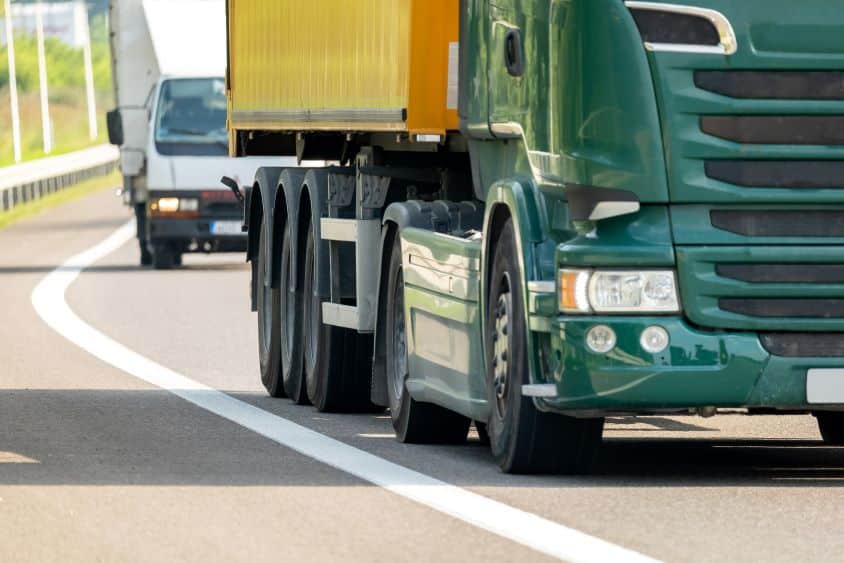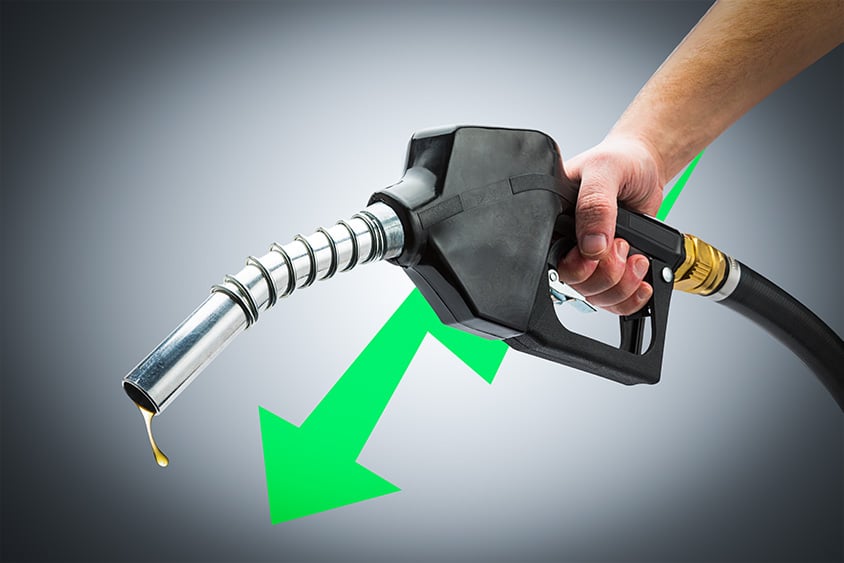The haulage industry has seen a whole host of fluctuations and hurdles in recent years, with driver shortages and inflation impacting fuel economy, while the impacts of the Russia-Ukraine war have had a knock-on effect on haulage operations in the UK. Additionally, hauliers are still facing adjusting their operations to a post-Brexit landscape, with new challenges continuing to arise as we move forward.
Moving into 2023, many of these hurdles remain present, and haulage companies are still grappling with finding drivers that operate to a high standard and managing fuel costs. Additionally, pressures to make HGV fleet operations more sustainable is significant, meaning fleet managers need to take affirmative action now to:
- Assess the viability of electrifying a business’ fleet;
- Identify necessary changes to infrastructure;
- Develop a long-term fleet strategy that balances environmentally conscious practise with cost effectiveness.
To help haulage fleets take the first few crucial steps, we’ve prepared some insights to help flag the key considerations that need to be made.
Operational Costs
2022 saw an onslaught of cost increases with inflation and rising fuel costs hitting almost all industries hard, and paired with industrial action many businesses including those in haulage have felt the pressure heading into the new year.
With such financial uncertainty, it has been difficult for many businesses to manage cashflow and keep a lid on operational costs. Despite these difficulties, it seems that the haulage industry is balancing the situation well with haulage price-per-mile falling 3% month-on-month as of March 2023, despite the 12% rise that we have seen on diesel over the past year.
For haulage fleet managers looking to improve spending where possible, there are tools that can help you to identify points of weakness within your operations and boost efficiency. Telematics services such as Tele-Gence can help you to monitor driver performance and idle time with real-time tracking to help you get accurate mile-per-gallon reports – which could help open up a conversation with drivers around how to rest efficiently, plan fuel-efficient routes, and improve safety.
Taking route planning to the next level, tools like My Transport Planner offer an improved method of route planning that not just organises your fleets trips but does so to ensure they are fully optimised for efficiency. My Transport Planner also utilises a pay-as-you-go system to help keep operational costs low.
EVs
Electric vehicles are rising in popularity both for business and personal use, with more companies opting for electric cars and vans for their business travel. While the haulage industry is lagging behind on EV uptake, there are signs that this could be about to change.
The number of clean air zones is increasing in the UK and pressure on the fuel economy resulting from the Russia-Ukraine war has only further ramped up the shift to electric and alternative fuel source vehicles for the haulage industry.
Fortunately, the landscape for electric HGV vehicles is rapidly developing and we are seeing improvement in the capability of these vehicles that is making them an increasingly viable alternative to traditional diesel engines. It is expected that these vehicles will be cost-competitive as soon as 2030 or sooner.
Driver shortage
One of the main areas of ongoing concern is the acquisition and retention of talent within the industry. The driver shortage first saw significant increase prior to 2020 and in the last four years the HGV industry has lost 53,000 drivers.
In a domino type effect, poor rates of pay and unsociable hours have pushed many to leave the role and the increased pressure on remaining staff is increasing the number of those stepping away from the industry. Lack of appeal for potential new starters combined with an aging pool of drivers means that as more HGV drivers retire there aren’t enough being trained to compensate.
In order to rectify the shortage, industry leaders within Haulage need to incentivise new starters and increase retention – and this applies to SMEs too. There are a number of ways that you can rethink your hiring process and job benefits in order to do this, starting with simple things like:
- Updating your company website.
- Investing in strong advertisements to attract staff.
- Ensuring that your company compensation package is appealing with good wages.
If you’re interested in reading more around how to build a positive working culture that helps acquire and retain staff, read our insights on staff attraction and retention.
Driver Safety
Driver safety is always of the utmost importance, both for the wellbeing of your staff and for the safety of those around them. Unfortunately, news stories of HGV collisions, drifting, and other dangerous practises are all too common – and this is something that the industry has to answer for.
Safe driving not only protects the wellbeing of those on the roads, but it is also vital to protecting the reputation of haulage companies, which in turn is vital to attracting and retaining both staff and business. An important component of the driver shortage is the lack of highly trained drivers who adhere to the practices necessary to operate a HGV to a high standard of safety, and as such it’s important that fleet managers monitor driver safety, especially when onboarding new staff.
MyDriveSafe.Expert is a great option for streamlining safety checks on vehicles so that you can reduce time and money spent managing the upkeep of manual vehicle safety checks. Used in conjunction with driver tracking telematics, fleet managers can be sure that vehicles on the roads are safe to drive and are regularly checked and monitored as well as keeping a tab on driver performance.
Supporting Haulier Management
Fuel Card Services offer a range of software and tools designed to streamline fleet management and administration, that could support your haulage fleet in tackling the turbulent landscape. Whether you are looking to improve driver safety, optimise your fleet routes, or are looking to cut costs on maintenance and services, and improve mileage tracking, our software and telematics tools integrate seamlessly and offer great savings on time and money.
If you would like to learn more about the services available through Fuel Card Services and how they can support your haulage fleet then please get in touch.

